The star-gazing hare said to bring good luck. The Romans’ and Greeks’ sacred hare. The Cornish white hare believed to warn of coming storms. Across the globe, the brown hare has long been seen as something special to humans, more spirit or ghost than just an animal.
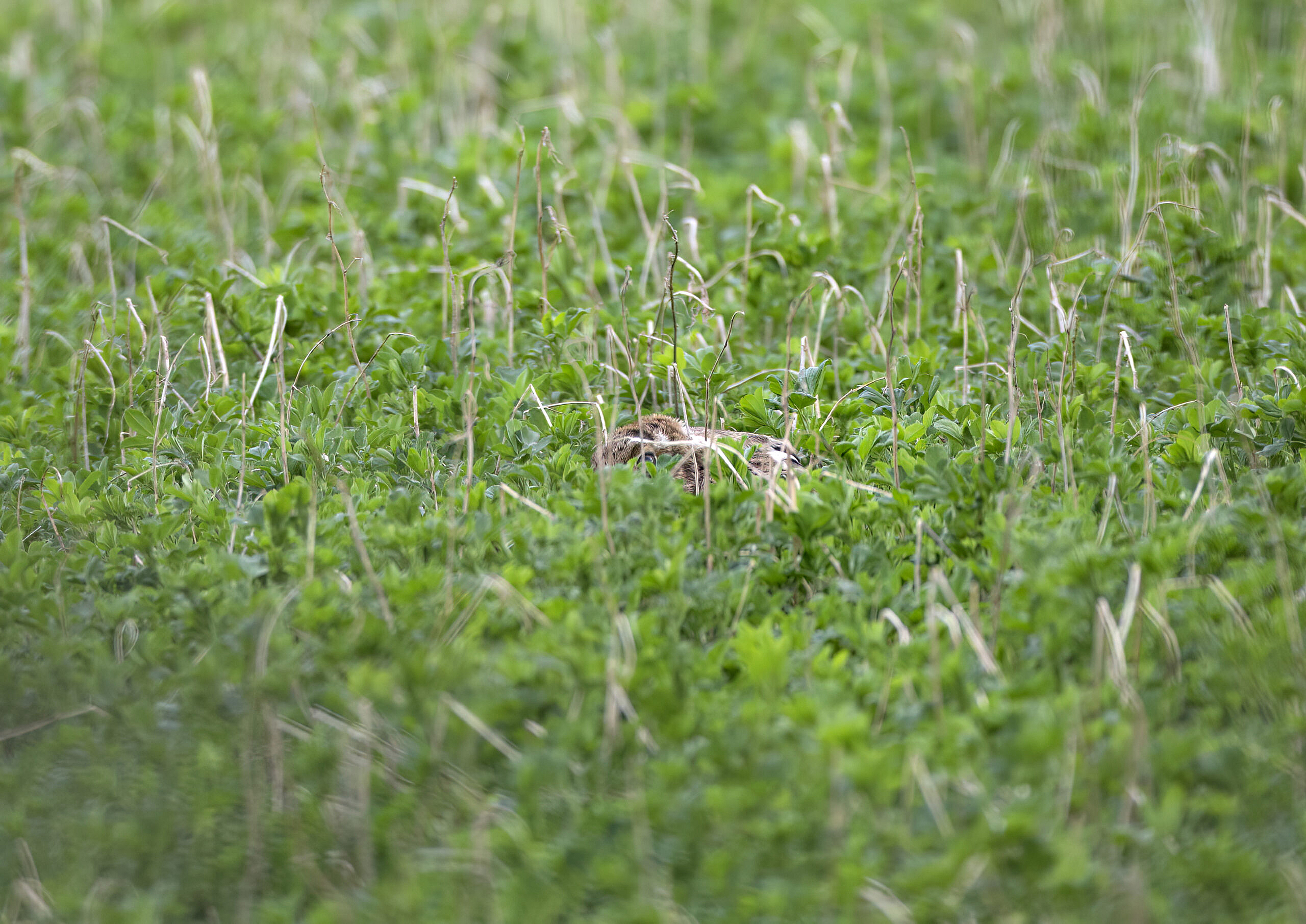
It’s Spring, that traditional time for the ‘Mad March Hare’. Normally leading fairly independent, solitary lives, brown hares come together at the start of the breeding season in Spring, to court and mate. It’s an odd affair. Watch a field of hares, as I was yesterday, and you will see a great deal of eating and sleeping, punctuated by seemingly random bursts of activity. As if a starting gun had been fired, two, three or more hares that seconds earlier were contentedly grazing will suddenly race off, twisting and turning around each other, like fallen leaves swept up in a breeze. Sometimes a pair will break off from the group and race across lengths of the field at speed – and this is the speed of a hare going flat out, more than 40mph. They will stop suddenly and lunge at each other, and frequently leap clean into the air. And yes, they will box, really box, rearing up on their hind legs to cuff at each other. But this is no playground game: I often saw chunks of fur flying away on the breeze.
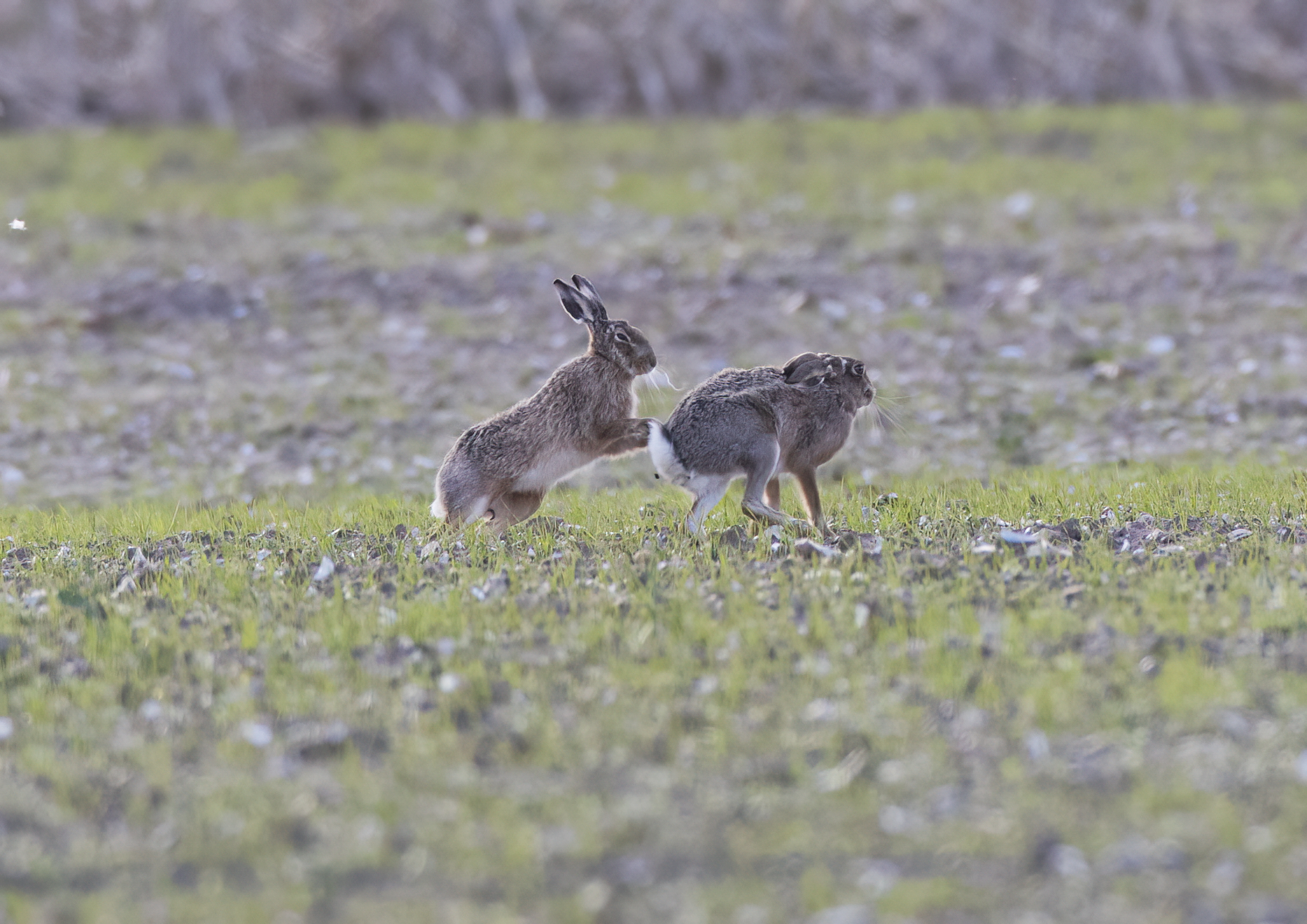
And they’re off: the chase starts
Because they are so distracted by mating, this is also a good time to see hares. Pick a spot where you will not disturb them, wait, and sooner or later the hares will come to you. I stood beside an old oak on the edge of the field and several times hares ran up to me. They knew I was there but didn’t care, ending up so close that I could clearly see their curly pelt, patchy in places where they had started to moult their winter coat; their amber eyes, their enormous back feet and those long, velvety black-tipped ears.
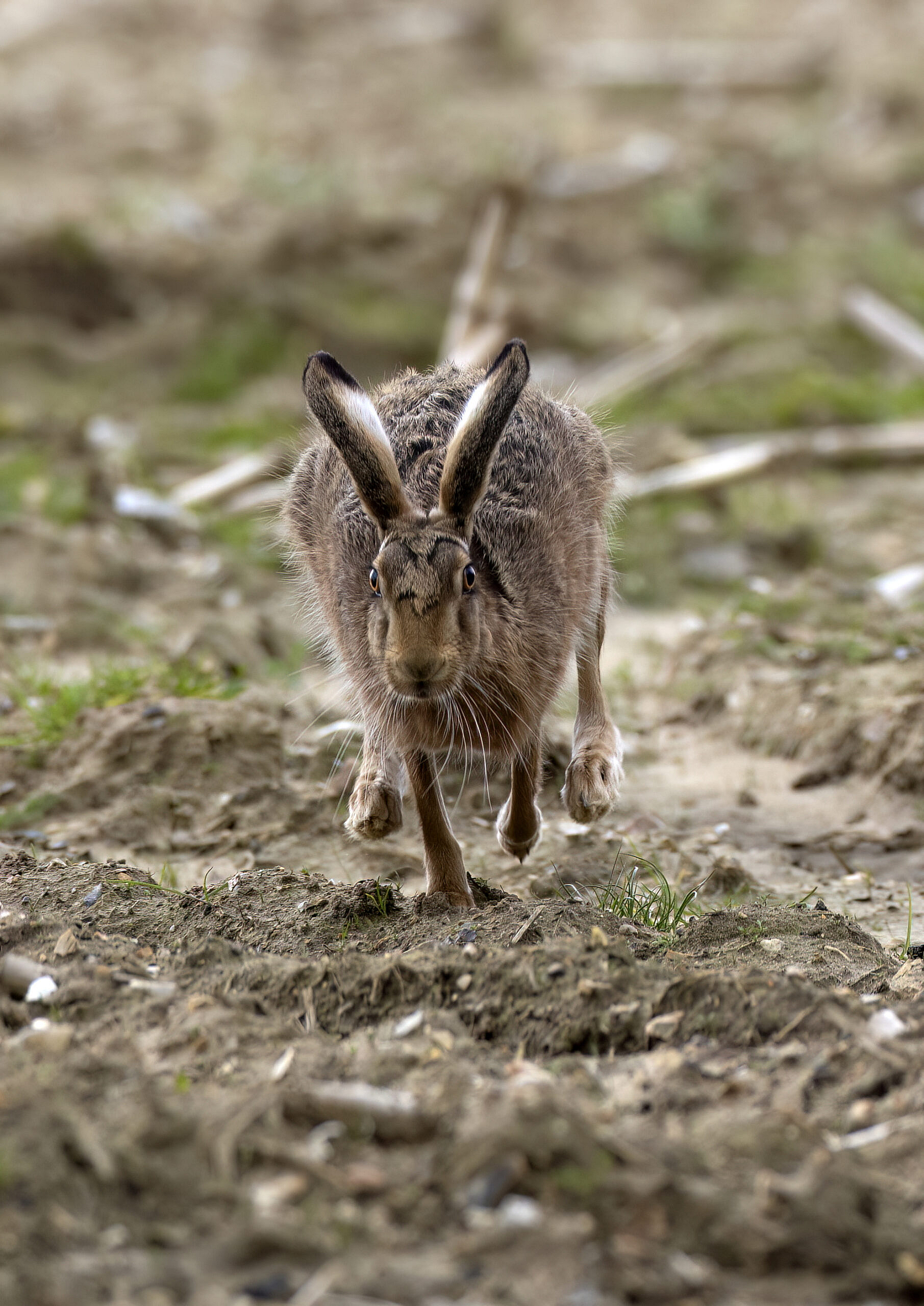
One of the hares that happily approached me
But I wasn’t just at this field to admire the beauty of the brown hares. I was here to try and find one particular and very special animal: Norfolk’s fabled ghost hare.
Ghost, or ‘blue’, hares occur infrequently in some very restricted areas of Norfolk. The exact cause of their colour hasn’t been established: it Is probably a form of leucism where some pigment cells that would normally cause the hare’s typical brown colour fail to work. Either way, the exact location of these special silver-grey hares is a closely-guarded secret as they would be a prize catch indeed for hare coursers and other criminals who value the pelt more than the animal that it contains. I spent many long hours walking and searching and hoping before I caught a brief glimpse of something at the back edge of a field. There, set against the blackness of distant trees, something glimmered and shone. I’d found the ghost hare.
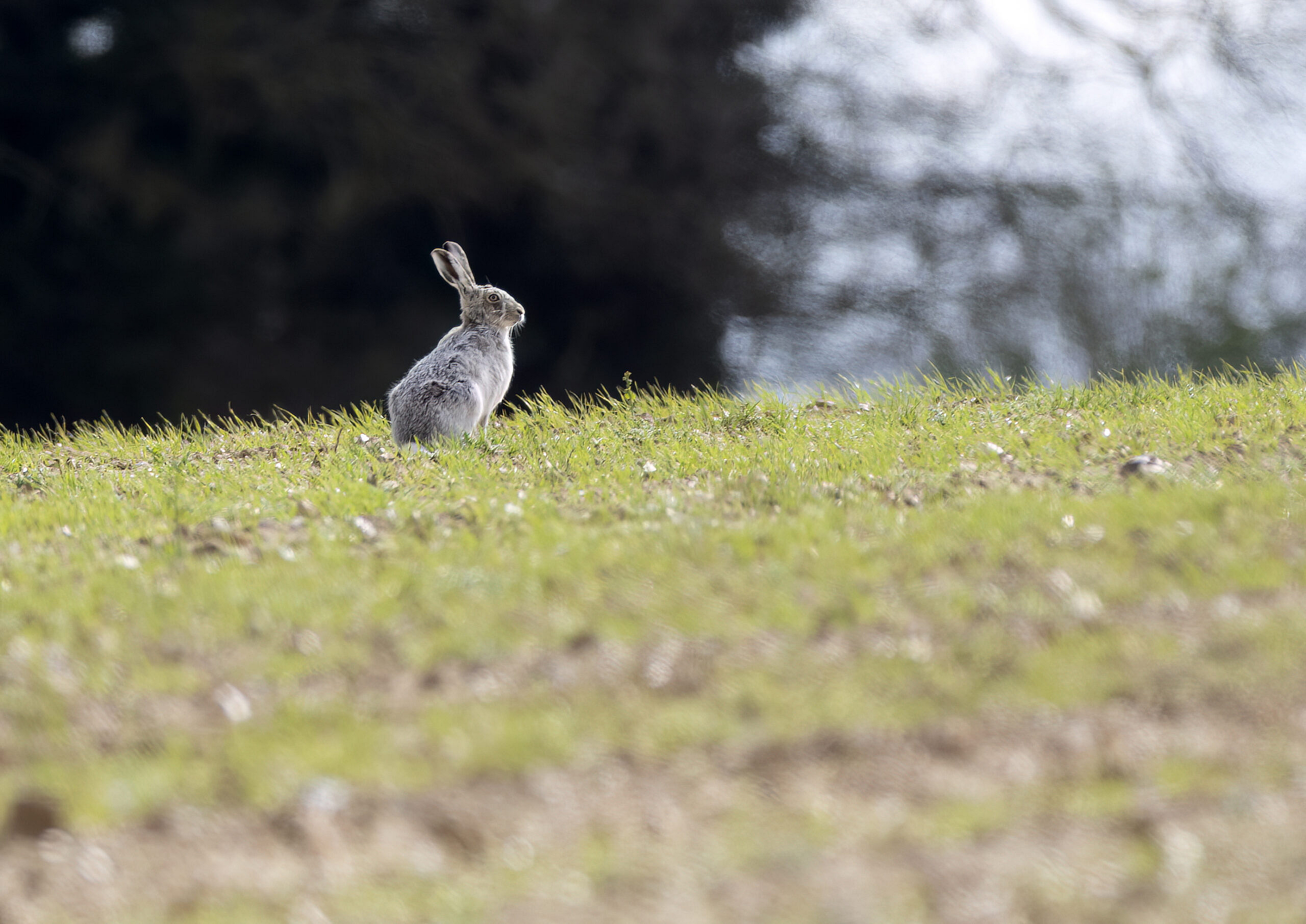
My first sighting of Ghost
Frustratingly, it stayed far away from me for several more hours, during which time it lazed in the sun, ate, and occasionally burst into furious boxing matches with other nearby hares before going back to laze and graze some more. I felt, if I’m honest, a little cheated. I’d travelled a great many miles and used up precious holiday time to see this animal, and now it couldn’t even be bothered to let me see it clearly.
Except that it did. Just as I was about to give up and leave, it broke off from the group it was with, and ambled down the grassy margin of the field towards me. I took pictures, and expected that the camera noise would make it pause, but it didn’t. It kept coming until finally, thirty feet away from me, it stopped, sat, chewed a single grass blade and then turned aside, drifting across to join another group of brown hares that now seemed very ordinary and faintly dull by comparison.
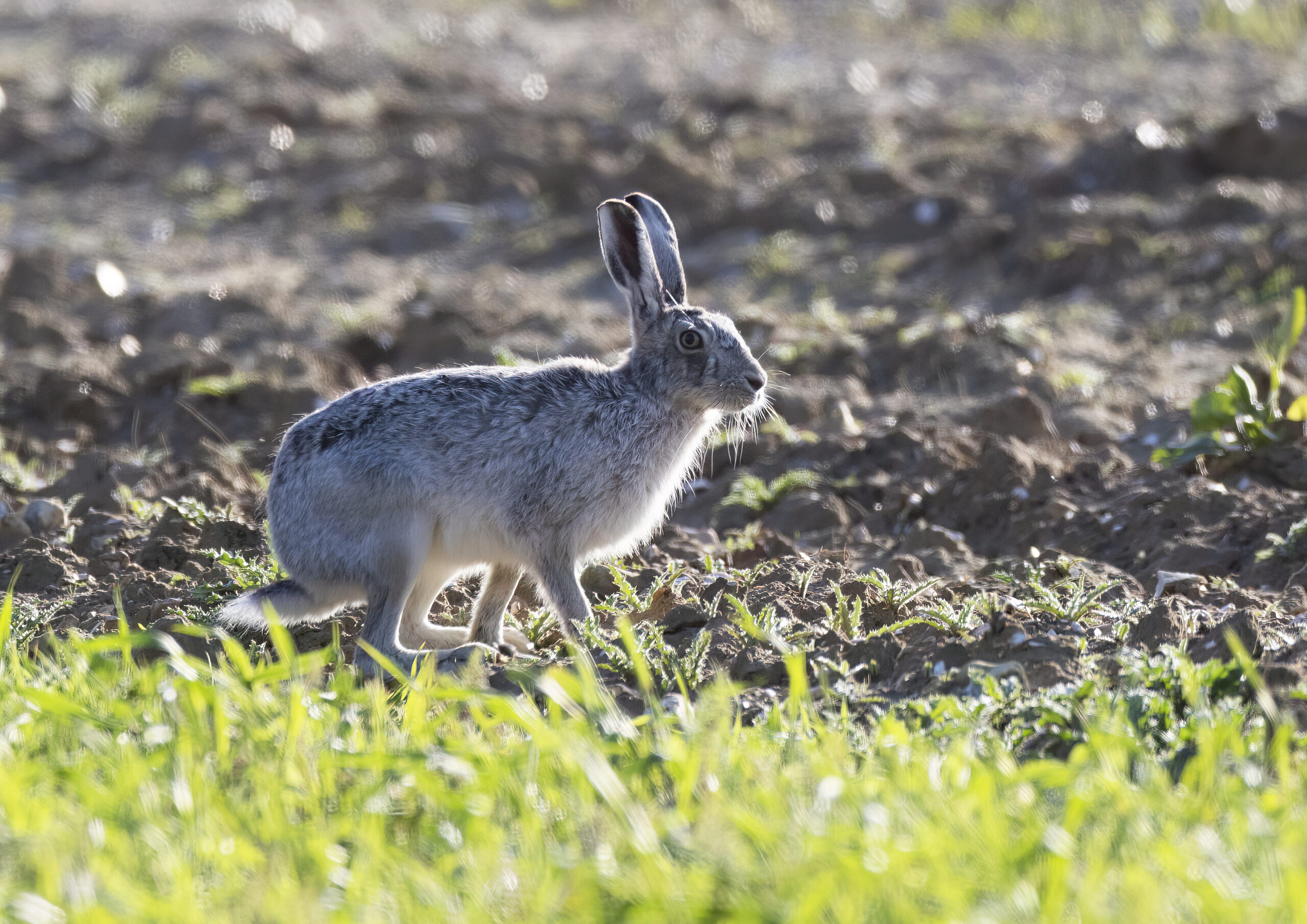
The elusive and stunningly beautiful ghost hare
The sun had set, and as I left the fields a full moon rose. Sadly, it was in the wrong direction, rising behind me – sometimes, nature doesn’t lend itself to poetry. But I had I been able to stand on the far side of the field and look back, then a quicksilver hare would indeed have stood and stared at the moon, a myth brought to life. I’ll let you know if it brings me luck.

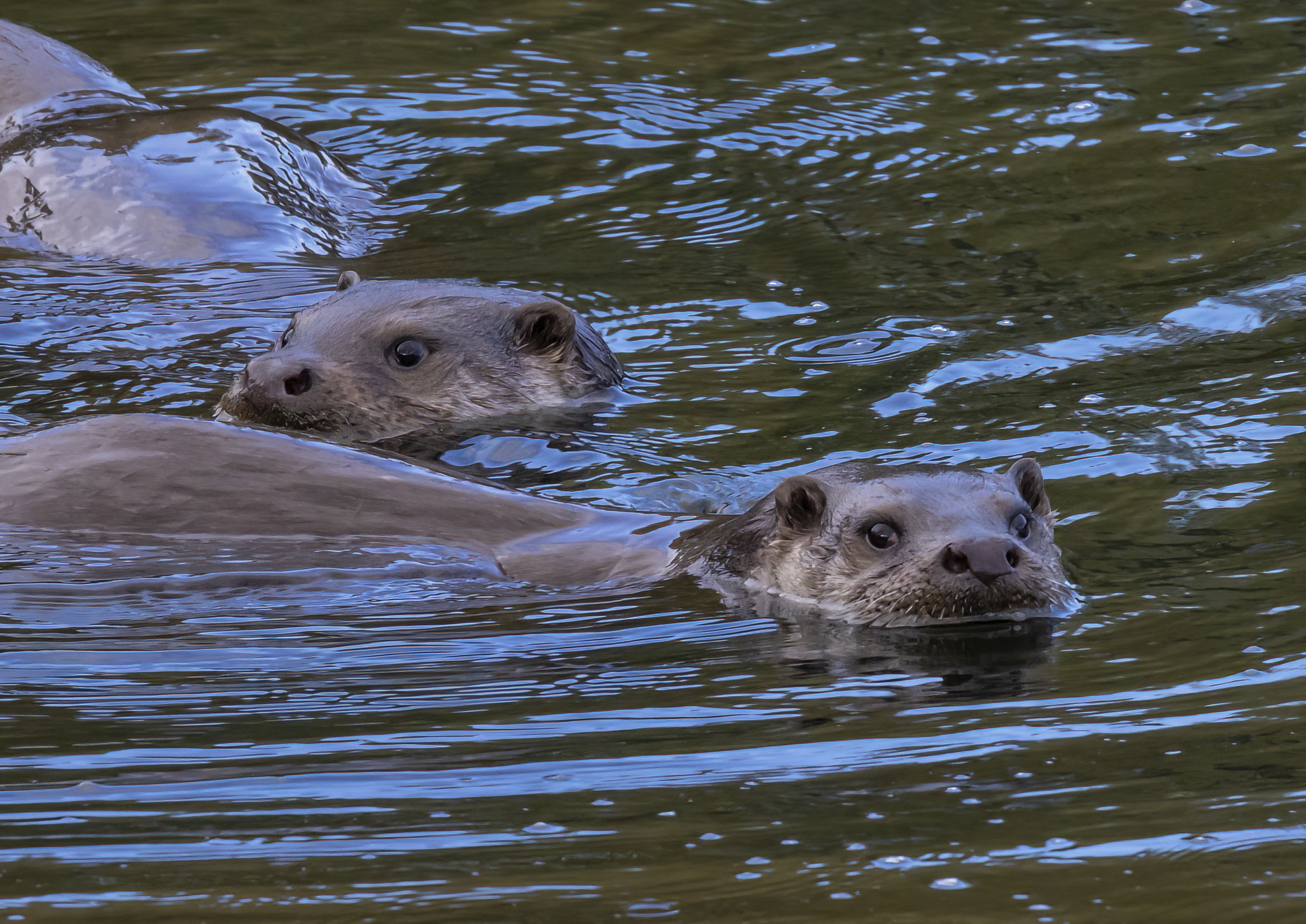
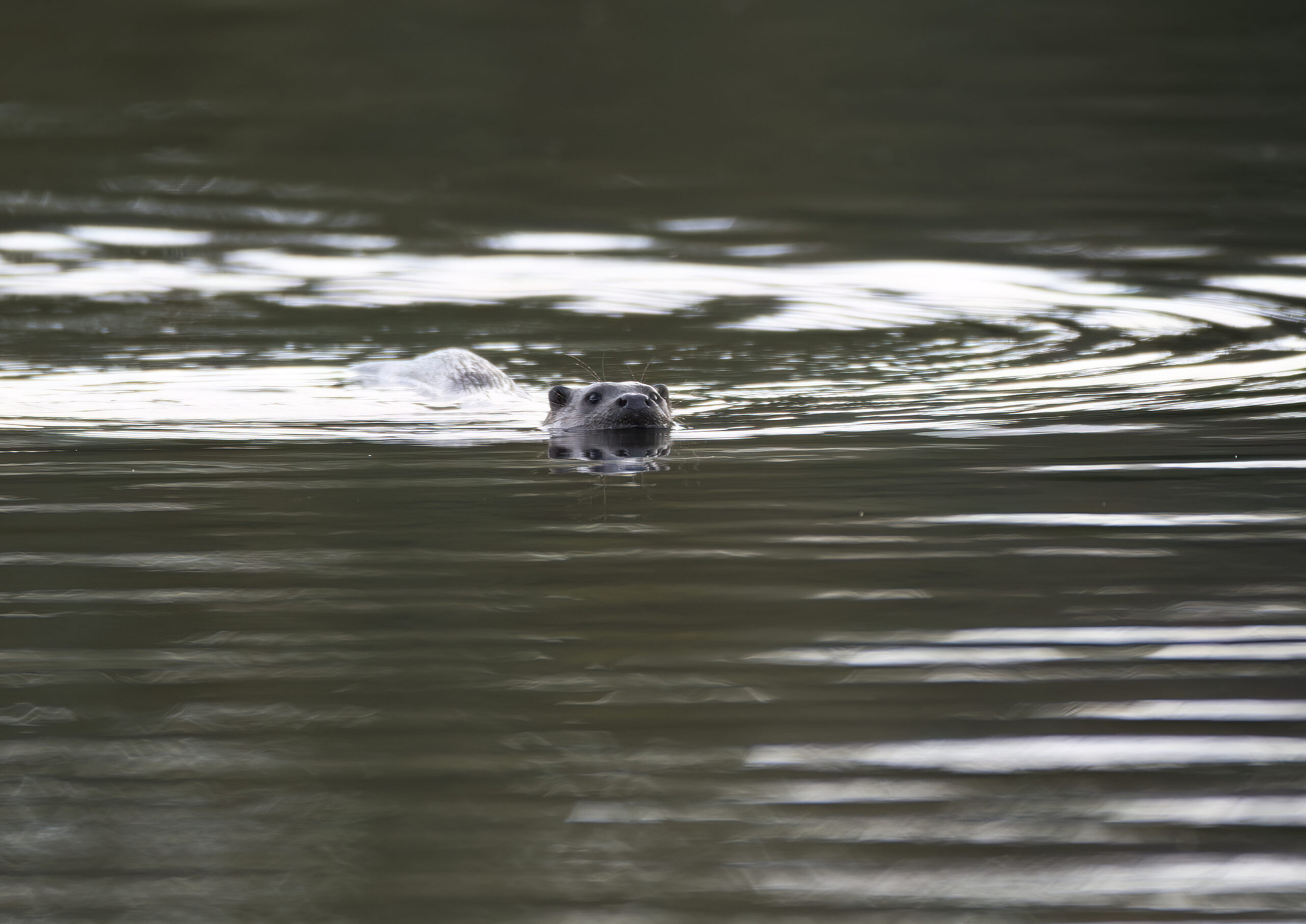
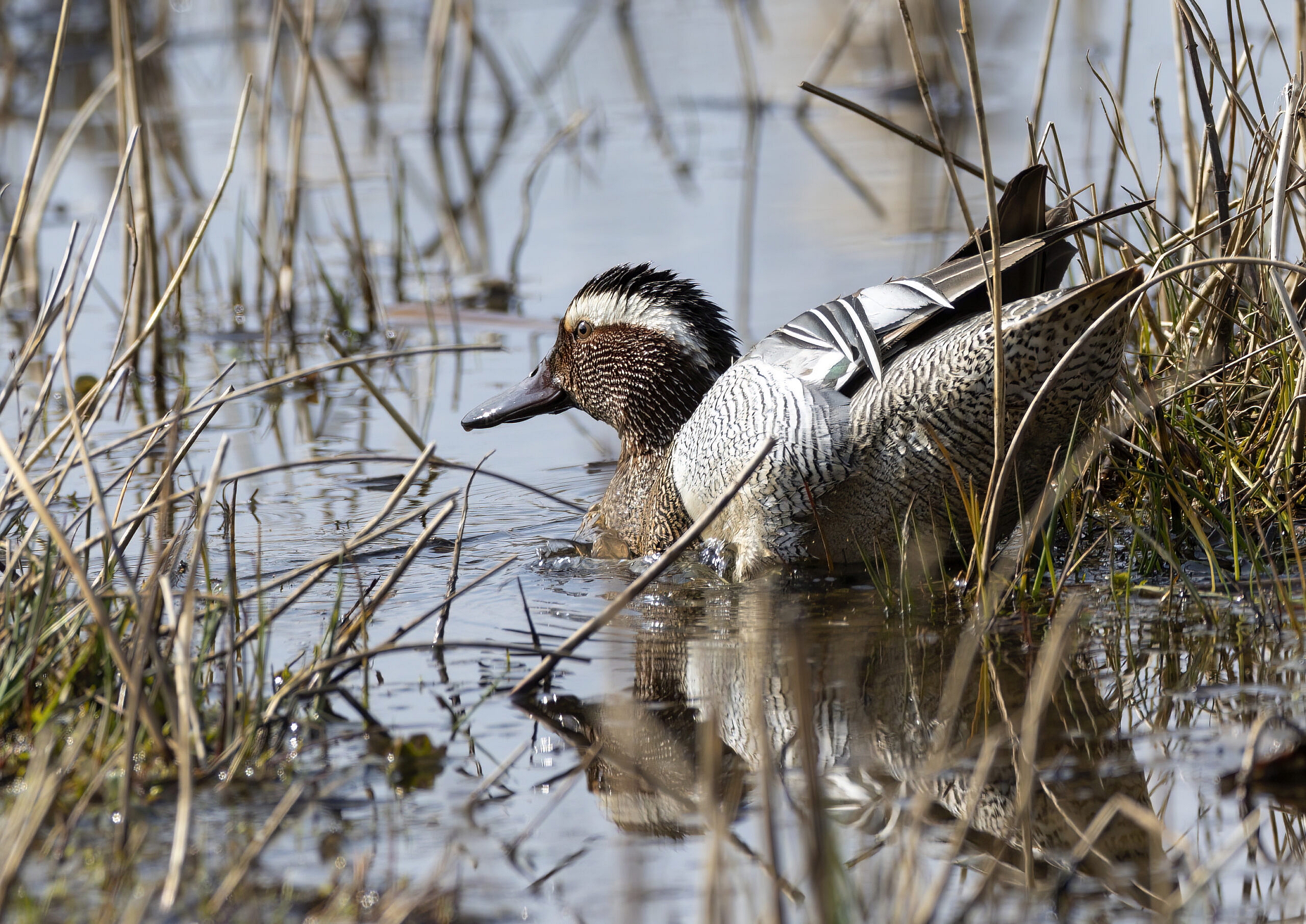

1 comments On Ghost-hunting in Norfolk
That photo of the hare running towards you! Stunning, love it
Comments are closed.